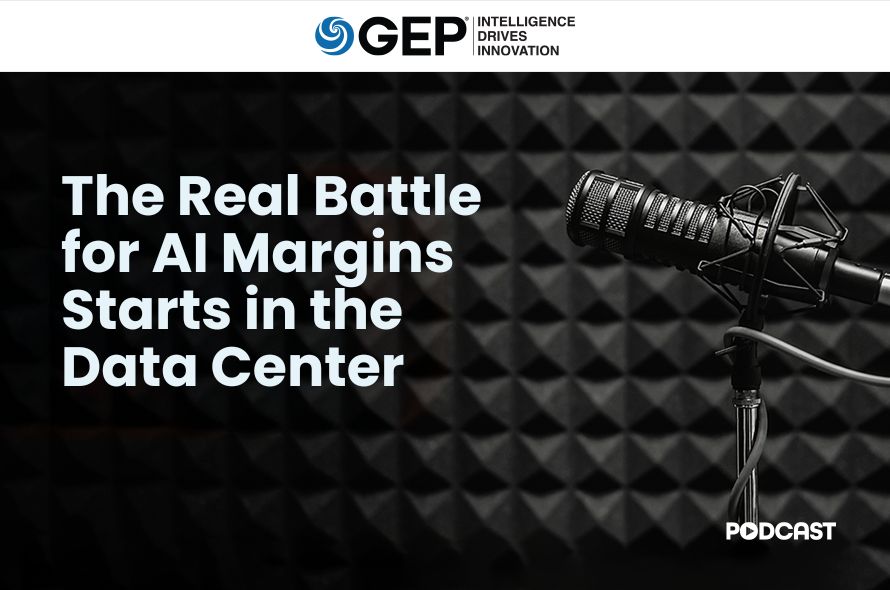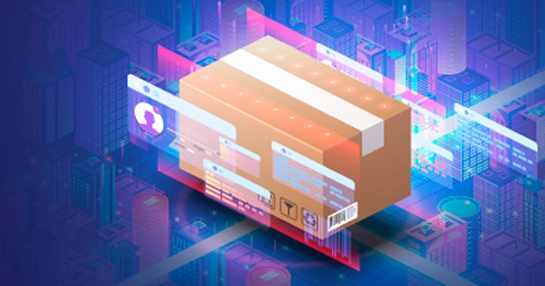-
GEP Software
-
- Procurement Software
- Direct Procurement Software
- Indirect Procurement Software
- Unified Source-to-Pay
- Source-To-Contract Software
- Procure-to-Pay
- Midsize & High Growth Enterprises
- Key Capabilities
- Spend Analysis
- Sourcing
- Contract Lifecycle Management
- Supplier Lifecycle Management
- Third-Party Risk Management
- Purchasing
- Payments
- Data Analytics and Reporting
- Do more with GEP SMART
- Intake Management & Orchestration
- Intelligent Category Management
- Tail Spend Management
- Cost Data & Analytics (GEP COSTDRIVERS)
- AI-First Supply Chain Management
- Supply Chain Visibility and Execution
- Logistics Visibility
- Inventory and Warehouse Management
- GEP Multienterprise Collaboration Network
- Supply Chain Control Tower
- Field Services
- Supply Chain Collaboration & Planning
- Supply Chain Planning
- Purchase Order Collaboration
- Forecast Collaboration
- Capacity Collaboration
- Quality Management Software
- Should-Cost Modeling
- Direct Material Sourcing
-
-
GEP Strategy
-
GEP Strategy
Unrivaled supply chain and procurement expertise + the transformative power of AI
Supply Chain Consulting
- Environmental, Social and Governance
- Sustainability Consulting Services
- Socially Responsible Sourcing
- Scope 3
- Demand and Supply Chain Planning
- Collaborative Planning
- Source To Contract
- Procure To Pay
- Inventory Strategy & Management
- Operations & Manufacturing Excellence
- GEP Total Inventory Management Solution
- Network Strategy & Optimization
- Warehousing & Transportation Management
-
-
GEP Managed Services
-
GEP Managed Services
World-class skills, experience and know-how — amplified by the power of AI
-


The Real Battle for AI Margins Starts in the Data Center
AI economics is shifting as capital spend loses influence and data center maintenance becomes the real driver of profitability.
Daily uptime, thermal stability, and component health now shape margins at hyperscale.
This podcast unpacks why maintenance sits at the center of AI’s cost structure and how it influences the cost to serve as usage reaches billions of queries.
What You’ll Hear:
- How cost to build, cost to serve, and cost to maintain data centers define AI economics today
- Why inference drives ongoing costs and pushes hardware to its limits
- Efficiency techniques that cut inference costs when infrastructure is maintained with precision
This is a audio recording of a recent podcast.
PODCAST SUMMARY
The episode opens by challenging the dominant narrative around AI economics. For years, attention has centered on massive capital expenditures — billions poured into GPUs and hyperscale data centers. But the discussion argues that this is no longer where margins are won or lost. CapEx is fixed and depreciates quickly. Instead, the real pressure point shaping AI profitability is maintenance. Keeping infrastructure running efficiently day after day has become the most influential and controllable cost lever for hyperscalers.
How AI’s Cost Structure Actually Works
The hosts outline three cost pillars: cost to build, cost to serve, and cost to maintain. CapEx is sunk. The cost to serve — operational cost per token or per inference — is exploding as daily usage reaches billions of queries. Maintenance sits in between, and its influence is twofold. Poorly maintained hardware drains efficiency long before it fails, raising operational cost per token quietly. And once components break, direct repair costs kick in. This “double hit” makes maintenance central to sustaining margins.
The episode stresses that although training gets attention, inference drives ongoing economics. Every generated token applies heavy, continuous compute and thermal load. That pressure makes efficiency measures like quantization, distillation, and model routing essential. These techniques can reduce inference costs by 5 to 20 times, but only if the underlying hardware and environmental systems are perfectly maintained.
The Five Specialized Domains of AI Data Center Maintenance
The conversation breaks AI maintenance into five demanding domains.
1. Hardware maintenance: Continuous diagnostics, thermal imaging, interconnect monitoring, and even chip-level interventions like re-balling extend accelerator life cycles.
2. Environmental systems: AI hardware generates extreme heat, requiring advanced liquid cooling systems, cold plate checks, pump monitoring, and rigorous power-stability testing.
3. Network maintenance: Ultra-low latency is essential for parallel processing, so teams constantly inspect fiber optics, connectors, attenuation levels, and failover systems.
4. Software and configuration upkeep: Firmware, monitoring tools, and orchestration layers need careful patching and updating because a single bad update can disable entire racks.
5. AI-specific maintenance: Telemetry-based hotspot detection, thermal redistribution, and predictive performance baselining help forecast node degradation weeks before failure.
These domains show why AI data centers differ dramatically from traditional IT facilities. The operational intensity and thermal stress require expertise that most organizations cannot maintain internally.
The Rise of Third-Party Maintenance Providers
Because the technical depth is so high, hyperscalers increasingly turn to third-party maintenance providers (TPMs). TPMs offer lower costs — often 40–60% savings — and can extend hardware life by 12–24 months. They bring specialized talent and analytics-driven maintenance models. But outsourcing introduces risks: data security concerns, platform integration challenges, and potential erosion of internal institutional knowledge. As a result, most organizations adopt a hybrid approach, outsourcing routine or niche tasks while retaining strategic control.
The Future: Insight-Driven, Automated Maintenance
The episode closes with a look at emerging technologies transforming maintenance. AI-enabled predictive models can forecast failures days or weeks in advance. Digital twins simulate maintenance scenarios. Edge analytics enable real-time anomaly responses at the rack level. AR tools guide technicians through complex repairs, and blockchain secures maintenance records for auditability.
The overarching message is clear: maintenance has become a strategic lever. AI infrastructure will only remain profitable if hyperscalers elevate maintenance from an afterthought to a core pillar of their operating model.
TO LISTEN, Please Enter your EMAIL ID
JUST A FEW MORE THINGS ABOUT YOU









